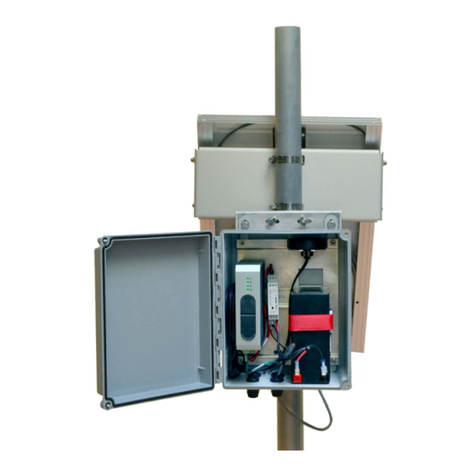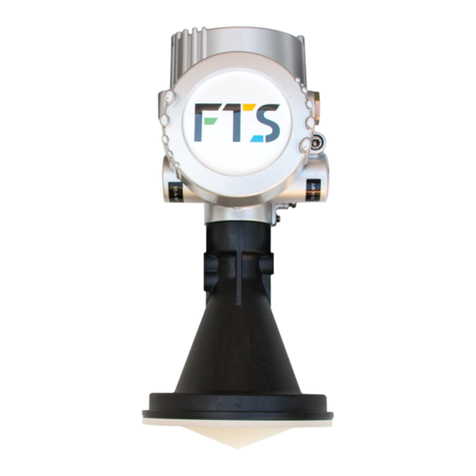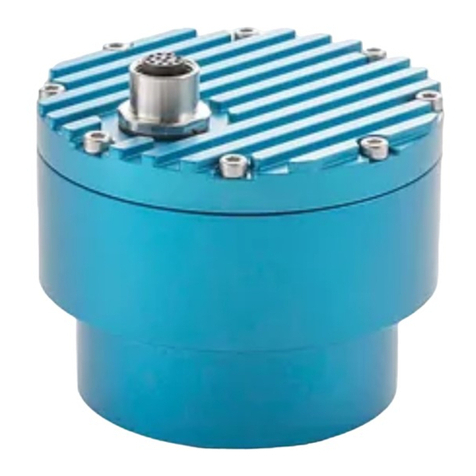
i
Contents
1.1 INTRODUCTION.......................................................................................................................... 1
1.2 COMPLIANCE INFORMATION ................................................................................................... 2
1.3 DEFAULT VALUES ....................................................................................................................... 2
1.4 BUBBLER RESPONSE TIMES TO STAGE CHANGES ................................................................. 2
1.5 4-20mA OPTION ......................................................................................................................... 3
1.5.1 4-20MA MINIMUM/MAXIMUM, DEFAULT VALUES, AND UNITS OF MEASUREMENT ........... 4
1.6 SD CARD ...................................................................................................................................... 4
1.7 MAINTENANCE ........................................................................................................................... 4
1.8 SHIPPING THE BUBBLER ........................................................................................................... 4
1.9 DISPLAY AND KEYPAD ............................................................................................................... 5
1.10 CONFIGURING THE BUBBLER................................................................................................... 5
1.11 FIRMWARE UPDATES ................................................................................................................. 5
2.1 PRIOR TO PROCEEDING TO THE SITE ...................................................................................... 6
2.1.1 EQUIPMENT ............................................................................................................................... 6
2.2 SITE SELECTION .......................................................................................................................... 6
2.3 MOUNTING ................................................................................................................................. 6
2.4 CONNECTORS AND WIRING ..................................................................................................... 7
2.4.1 DATA LOGGER CONNECTIONS ................................................................................................. 7
2.5 DESICCATOR ............................................................................................................................... 8
2.5.1 DESICCANT HANDLING SAFETY PRECAUTIONS....................................................................... 8
2.5.2 MOUNTING THE FTS SUPPLIED DESICCANT AIR DRYER ........................................................ 9
2.5.3 REPLACING THE DESICCANT................................................................................................... 10
2.6 CONNECTING AND INSTALLING THE ORIFICE LINE............................................................. 11
2.6.1 USING THE SWAGELOK® FITTING ......................................................................................... 12
2.7 POWER CONNECTIONS ........................................................................................................... 14
3.1 KEYPAD ...................................................................................................................................... 15
3.2 SCREENS, MENUS AND OPERATING THE USER INTERFACE................................................ 15
3.2.1 EDITING A MENU ITEM ........................................................................................................... 16
3.3 STATUS SCREEN........................................................................................................................ 16
3.3.1 OFFSET...................................................................................................................................... 16


































